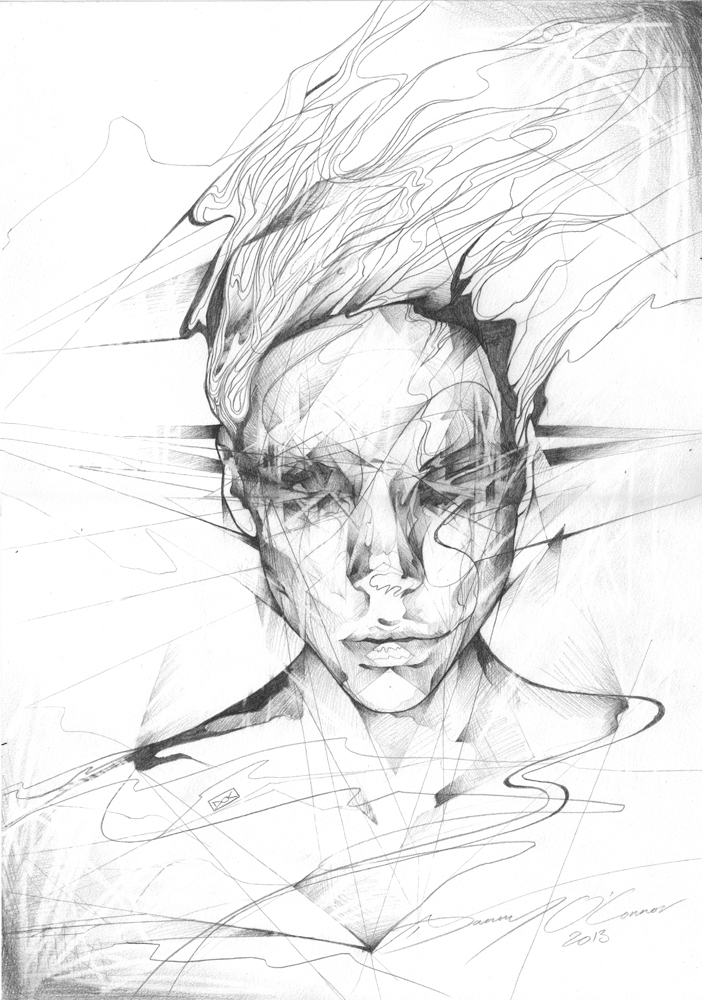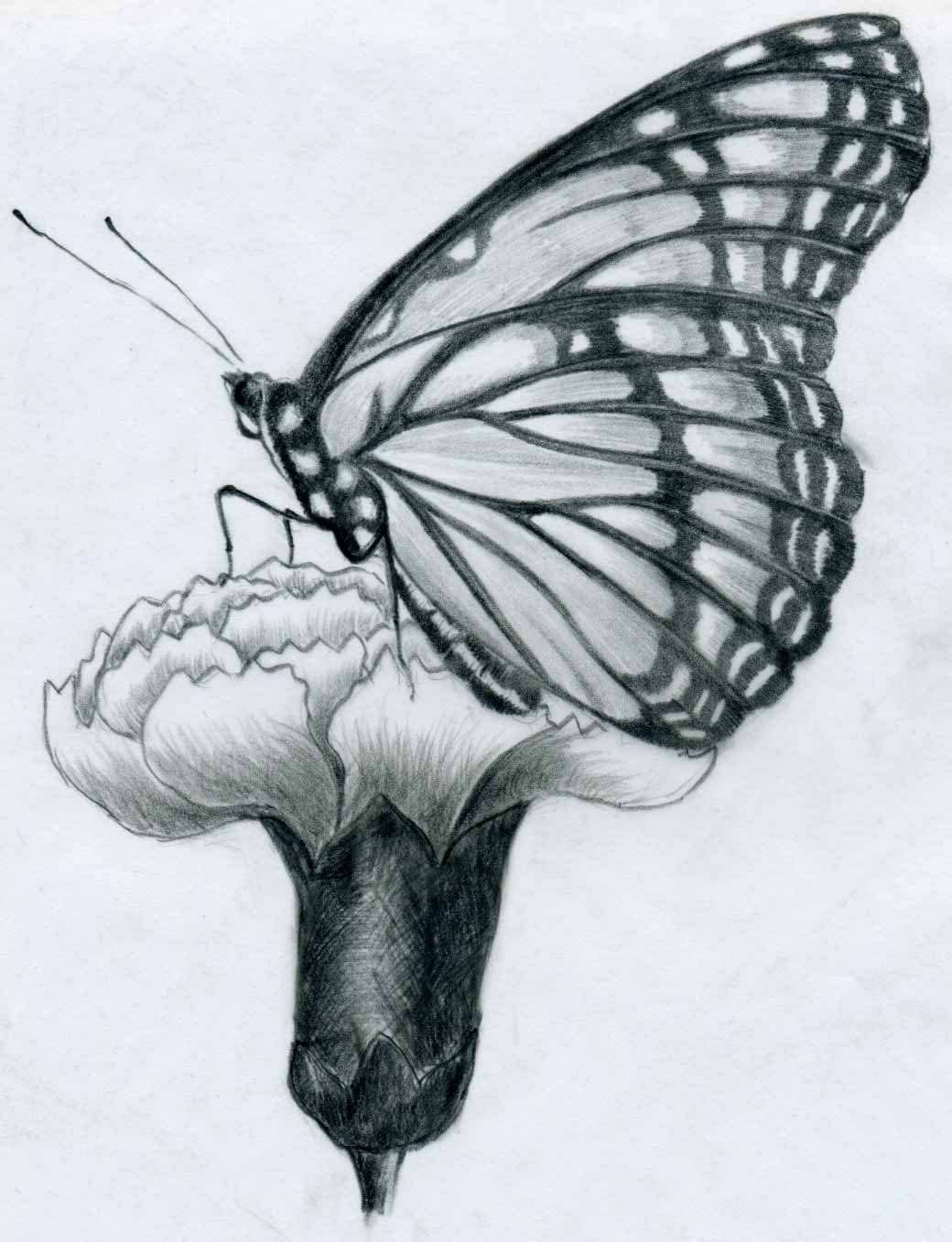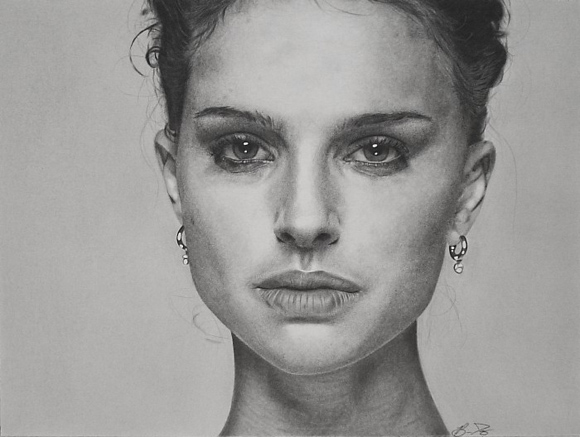Simple Pencil Drawings Of Objects Tumble Of Flowers Of Eyes OF Animals Of Landscapes Of Natures Of Love Of Babies Of People
source (google.com.pk)To draw with a pencil skillfully you must be able to hold your pencil in a comfortable position where you have optimal control. If you have pain in the hand or shoulder after a long drawing session, it could be an indication of holding your pencil ‘incorrectly’. Don’t grip relentlessly to your pencil, and drive it into your paper with your entire body weight! The paper is not your enemy, soothe it with delicate, beautiful pencil stokes and it with reward your poise with a lovely drawing.
There is no real ‘correct’ way to hold a pencil when drawing; it is a matter of personal preference, and comfort. Experiment with different grips (perhaps the way you hold your fork or maybe in a similar way to how you hold chopsticks).
The technique you use will habitually be determined by the initial purpose of your drawing, or the aspirations you have for the illustration. Sketching for a watercolour would require an entirely different technique than that for a detailed photo-realistic drawing. You have most likely seen the techniques cross-hatching, circles, scribbles and contour lines and you may have even experimented with a couple, but have you ever completed your final work with these techniques?
Before you start experimenting make sure you know…
Objects appear smaller as they move back away from your eye and equally objects drawn larger appear closer!
Lines and surfaces are their largest closest to the picture plane.
Lines or edges that are parallel appear to meet as they recede from the picture plane.
All vertical lines are parallel when using one point perspective (the viewer is not looking up or down at the objects)
Objects drawn in front of one another appear closer (overlapping!)
Images further away will appear lighter, with less contrast and detail.
Italian illustrator Alessandro Diddi erases the line between fiction and reality and makes his 3D drawings leap out of the sheet of paper. Besides light and shadow effects, Alessandro also uses various props, his own hands and even the very pencil he draws with to make his anamorphic drawings come alive when viewed from a certain angle.
“I want my drawings to put across the message that the eye can trick the mind and make you believe that there are dimensions that are not really there,” says Alessandro.
The artist also stresses that it isn’t ”necessary to consume a large amount of resources to achieve something interesting. All you need is a pencil and something to draw on, and you can create something really magical.” And his work certainly proves his words.
Simple Pencil Drawings Of Objects Tumble Of Flowers Of Eyes OF Animals Of Landscapes Of Natures Of Love Of Babies Of People

Simple Pencil Drawings Of Objects Tumble Of Flowers Of Eyes OF Animals Of Landscapes Of Natures Of Love Of Babies Of People

Simple Pencil Drawings Of Objects Tumble Of Flowers Of Eyes OF Animals Of Landscapes Of Natures Of Love Of Babies Of People

Simple Pencil Drawings Of Objects Tumble Of Flowers Of Eyes OF Animals Of Landscapes Of Natures Of Love Of Babies Of People

Simple Pencil Drawings Of Objects Tumble Of Flowers Of Eyes OF Animals Of Landscapes Of Natures Of Love Of Babies Of People

Simple Pencil Drawings Of Objects Tumble Of Flowers Of Eyes OF Animals Of Landscapes Of Natures Of Love Of Babies Of People

Simple Pencil Drawings Of Objects Tumble Of Flowers Of Eyes OF Animals Of Landscapes Of Natures Of Love Of Babies Of People
Simple Pencil Drawings Of Objects Tumble Of Flowers Of Eyes OF Animals Of Landscapes Of Natures Of Love Of Babies Of People

Simple Pencil Drawings Of Objects Tumble Of Flowers Of Eyes OF Animals Of Landscapes Of Natures Of Love Of Babies Of People

Simple Pencil Drawings Of Objects Tumble Of Flowers Of Eyes OF Animals Of Landscapes Of Natures Of Love Of Babies Of People





































